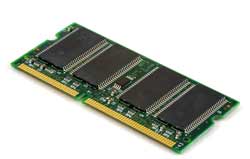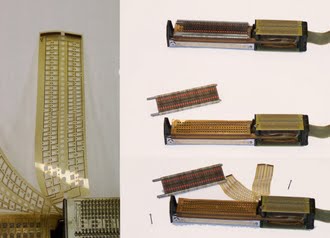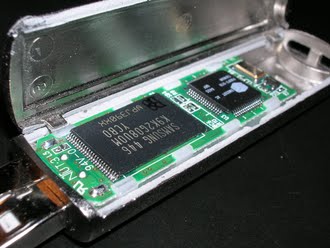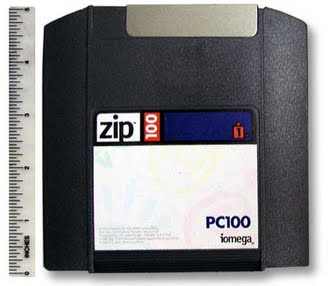Semiconductor memory technology is an essential element of today's electronics. Normally based around semiconductor technology, memory is used in any equipment that uses a processor of one form or another.
Indeed as processors have become more popular and the number of microprocessor controlled items has increased so has the requirement for semiconductor memory. An additional driver has been the fact that the software associated with the processors and computers has become more sophisticated and much larger, and this too has greatly increased the requirement for semiconductor memory. In view of the pressure on memory, new and improved semiconductor memory technologies are being researched and development can be very rapid. Nevertheless, the more mature semiconductor memory technologies are still in widespread use and will remain so for many years to come.
In addition to this new applications such as digital cameras, PDAs and many more applications have given rise to the need to memories. Accordingly it is not uncommon to see semiconductor memories of 8 Gbyte and much more required for various applications.
 An example of semiconductor memory technology used in computers
An example of semiconductor memory technology used in computers
With the rapid growth in the requirement for semiconductor memories there have been a number of technologies and types of memory that have emerged. Names such as ROM, RAM, EPROM, EEPROM, Flash memory, DRAM, SRAM, SDRAM, and the very new MRAM can now be seen in the electronics literature. Each one has its own advantages and area in which it may be used.
Types of semiconductor memory
Electronic semiconductor memory technology can be split into two main types or categories, according to the way in which the memory operates:
- RAM - Random Access Memory: As the names suggest, the RAM or random access memory is a form of semiconductor memory technology that is used for reading and writing data in any order as required. It is used for such applications as the computer or processor memory where variables and other stored and are required on a random basis. Data is stored and read many times to and from this type of memory.
- ROM - Read Only Memory: A ROM is a form of semiconductor memory technology used where the data is written once and then not changed. In view of this it is used where data needs to be stored permanently, even when the power is removed - many memory technologies lose the data once the power is removed.
As a result, this type of semiconductor memory technology is widely used for storing programs and data that must survive when a computer or processor is powered down. For example the BIOS of a computer will be stored in ROM. As the name implies, data cannot be easily written to ROM. Depending on the technology used in the ROM, writing the data into the ROM initially may require special hardware. Although it is often possible to change the data, this gain requires special hardware to erase the data ready for new data to be written in.
Both of these categories of semiconductor technology are widely used. Each type being used in different areas and applications within microprocessor based electronics systems.
RELATED VIDEO



 Flash memory is a non-volatile computer storage chip that can be electrically erased and reprogrammed. It was developed from EEPROM (electrically erasable programmable read-only memory) and must be erased in fairly large blocks before these can be rewritten with new...
Flash memory is a non-volatile computer storage chip that can be electrically erased and reprogrammed. It was developed from EEPROM (electrically erasable programmable read-only memory) and must be erased in fairly large blocks before these can be rewritten with new...
 Computer data storage, often called storage or memory, refers to computer components and recording media that retain digital data. Data storage is a core function and fundamental component of computers.
Computer data storage, often called storage or memory, refers to computer components and recording media that retain digital data. Data storage is a core function and fundamental component of computers.